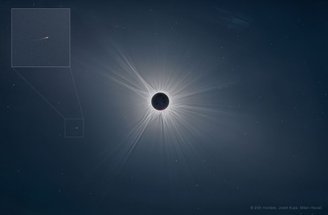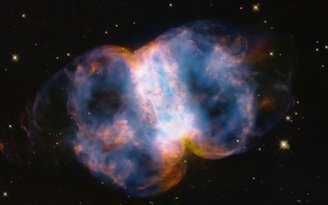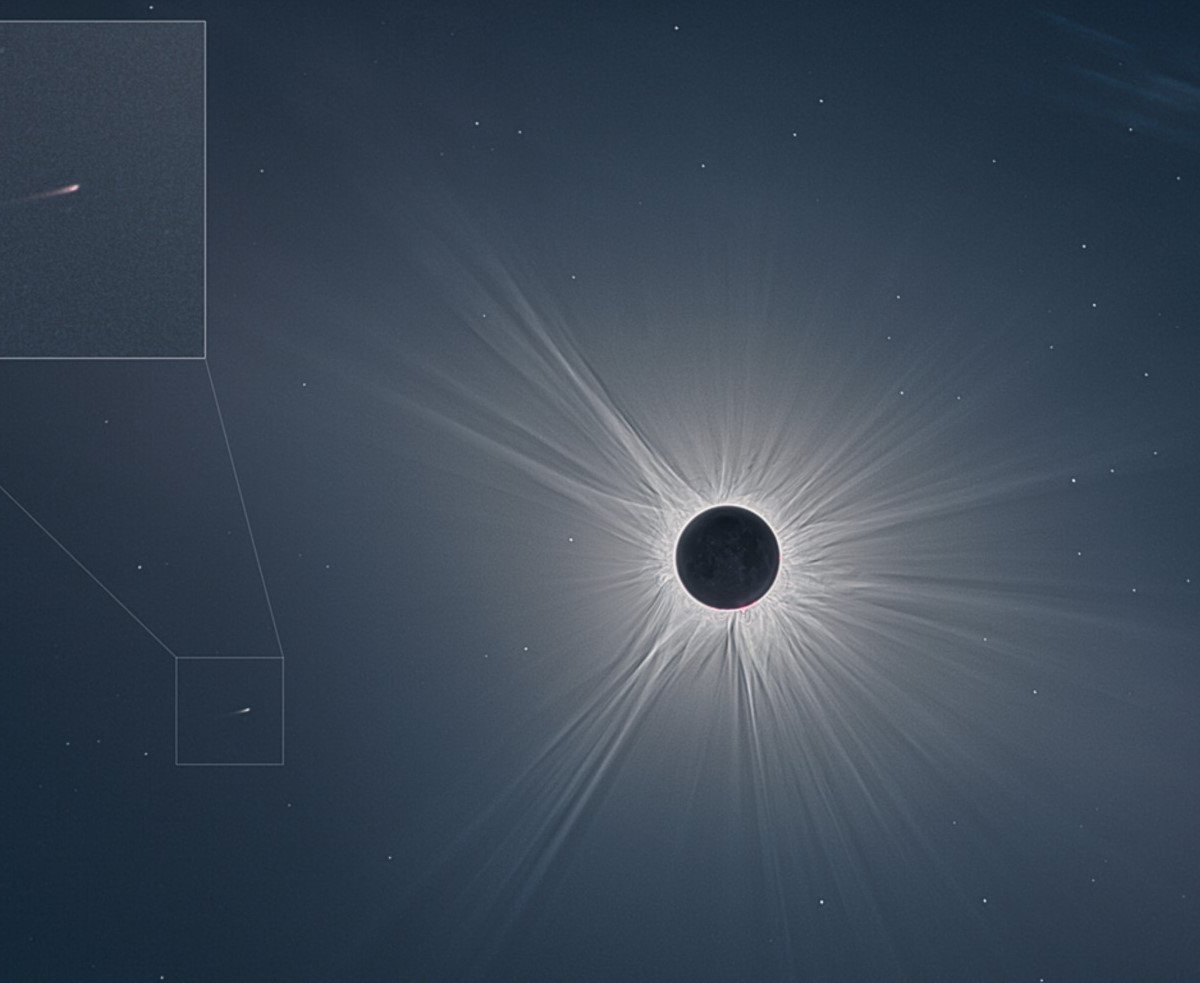We are approaching the end of April, in partnership with the United States National Aeronautics and Space Administration (NASA), the European Space Agency (ESA) and the Canadian Space Agency (CSA). Stunning new images of different cosmic objects revealed.
Data was collected using spacecraft mounted on telescopes, such as the Mid-Infrared Instrument (MIRI) spectrographic camera on the James Webb Space Telescope (JWST).
In this month’s end list, we’ve put together three photos published in April that impressed astronomy enthusiasts. Check out!
Irregular Galaxy M82
Earlier this month, astronomers released a new image taken with the James Webb telescope. It records some details of the irregular galaxy Messier 82 (M82), located about 12 million light-years from Earth. Photographed using the Near Infrared Camera (NIRCam) device, the image presents a galactic wind of chemical molecules known as polycyclic aromatic hydrocarbons (PAHs).
PAHs are like grains of sand that can survive cold conditions but cannot withstand high temperatures. A.Although the image was officially photographed by a NASA telescope, astronomers received assistance from ESA and CSA teams.
“Astronomers used the James Webb Space Telescope to observe the center of M82, where the galactic wind is released as a result of rapid star formation and subsequent supernovae. Studying the galactic wind can offer insights into how gas loss shapes the future of the galaxy’s growth”, explains ESA.
Comet SOHO-5008
Images of a new comet have been found in ESA/NASA Solar and Heliospheric Observatory (SOHO) records, from a citizen scientist’s observations during the 2024 total solar eclipse. The European Space Agency explains that SOHO was not exactly created to search for comets, but its ability to observe regions around the Sun makes this option possible.
After the photo was taken During a total solar eclipse, comet SOHO-5008 came too close to the Sun and broke apart. ESA explains that observation and photography are only possible due to solar eclipses, as such terrestrial observations are generally extremely rare.

“Petr Horálek from the Institute of Physics in Opava (Czech Republic) was in Mexico for the eclipse. The clouds parted and Petr was able to take this beautiful photo of the Sun’s majestic corona. Comet SOHO-5008 appeared in the lower left corner of the Sun.” , described in an ESA publication.
Nebula (M76)
Just before the end of the month, NASA and ESA celebrate the 34th anniversary of the launch of the Hubble Space Telescope With a photo of the Small Dumbbell Nebula, also called Messier 76 (M76) or NGC 650/651.
Although it has no relation to planets, the cosmic object is called a planetary nebula because of its round shape; Before discovering its origin, astronomers even thought it was a planet.

“M76 consists of a ring seen from the side as a central bar structure and two lobes at each ring aperture. Before the star collapsed, it expelled the ring of gas and dust. The ring was probably formed by the impact of stars. ESA explains: “This scattered material is thick along the companion’s orbital plane. formed a disk of dust and gas.”
Did you like the content? Read more astronomy curiosities at TecMundo. If you wish, have the opportunity to understand how images taken from the James Webb telescope are colored.
Source: Tec Mundo
I’m Blaine Morgan, an experienced journalist and writer with over 8 years of experience in the tech industry. My expertise lies in writing about technology news and trends, covering everything from cutting-edge gadgets to emerging software developments. I’ve written for several leading publications including Gadget Onus where I am an author.













